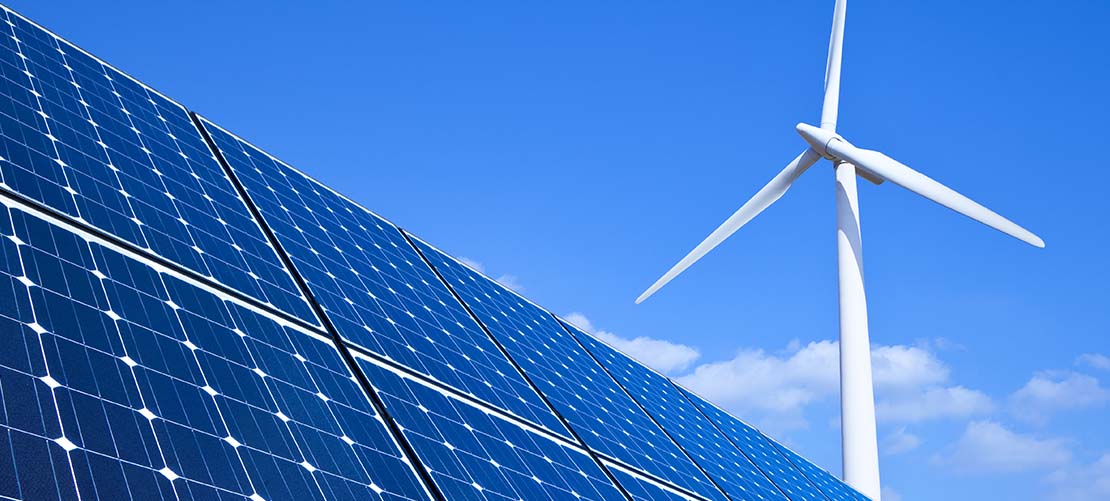The UK’s Energy White Paper: Not many surprises, but 2021 will have to be a busy year

After postponing the paper's intended release in the autumn 2020, the UK government finally published the eagerly awaited Energy White Paper on 14 December 2020. The paper sets out the UK government’s agenda for the energy sector and how it will work towards achieving its binding target to reach net zero carbon emissions by 2050.
The UK government last published an Energy White Paper in 2007. In 2008, the Climate Change Act UK came into force legislating for an 80% cut in emissions by 2050. A lot has changed since 2007, which is clear from the 165 pages setting out the government's latest plans. The newest Energy White Paper, however, ultimately lacks detail in a number of important areas and arguably identifies a “policy gap” between what the government has announced and where the emissions trajectory needs to be heading. The UK government's approach of drip-feeding energy and climate policy throughout 2020, including the Prime Minister’s recent “10-point plan”, meant that most of the big policy announcements in the paper have already been publicly announced. Nevertheless, the paper is another important milestone for all parties involved.
This article provides a high-level review of the main talking points in relation to (1) nuclear power, (2) renewables, (3) hydrogen, (4) CCUS, and (5) the energy system more generally.
Download PDF for more information


